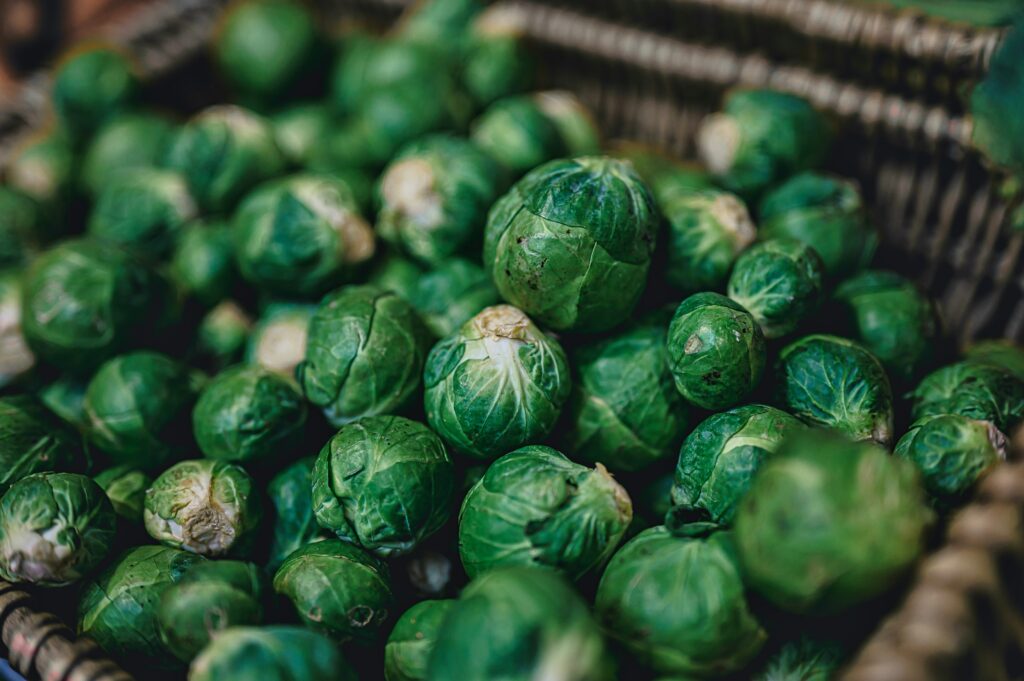From the CO2Science Archive: Noting that “looming water scarcity and climate change pose big challenges for China’s food security,” the authors state that “previous studies have focused on the impacts of climate change either on agriculture or on water resources,” while “few studies have linked water and agriculture together in the context of climate change, and demonstrated how climate change will affect the amount of water used to produce per unit of crop, or virtual water content (VWC).” Deciding to take this important extra step, Zhao et al. used a GIS-based Environmental Policy Integrated Climate (GEPIC) model to analyze the current spatial distribution of the VWCs of various crops in China and the impacts of climate change on these VWCs in different future scenarios.
Paper reviewed: Zhao, Q., Liu, J., Khabarov, N., Obersteiner, M. and Westphal, M. 2014. Impacts of climate change on virtual water content of crops in China. Ecological Informatics 19: 26-34.
What was learned
The team of five scientists – hailing from four different countries (Austria, China, the Philippines and the United States) – report that “three general change trends exist for future VWCs of crops: continuous decline (for soybean and rice without considering CO2 concentration changes) and continuous increase (for rice with considering CO2 concentration changes) and first-decline-then-increase (other crop-scenario combinations).” And taken together, they conclude that “integrated effects of precipitation, temperature and CO2 concentration changes will benefit agricultural productivity and crop water productivity through all the future periods till the end of the century.”
What it means
In the words of Zhao et al., “climate change is likely to benefit food security and help alleviate water scarcity in China.”


